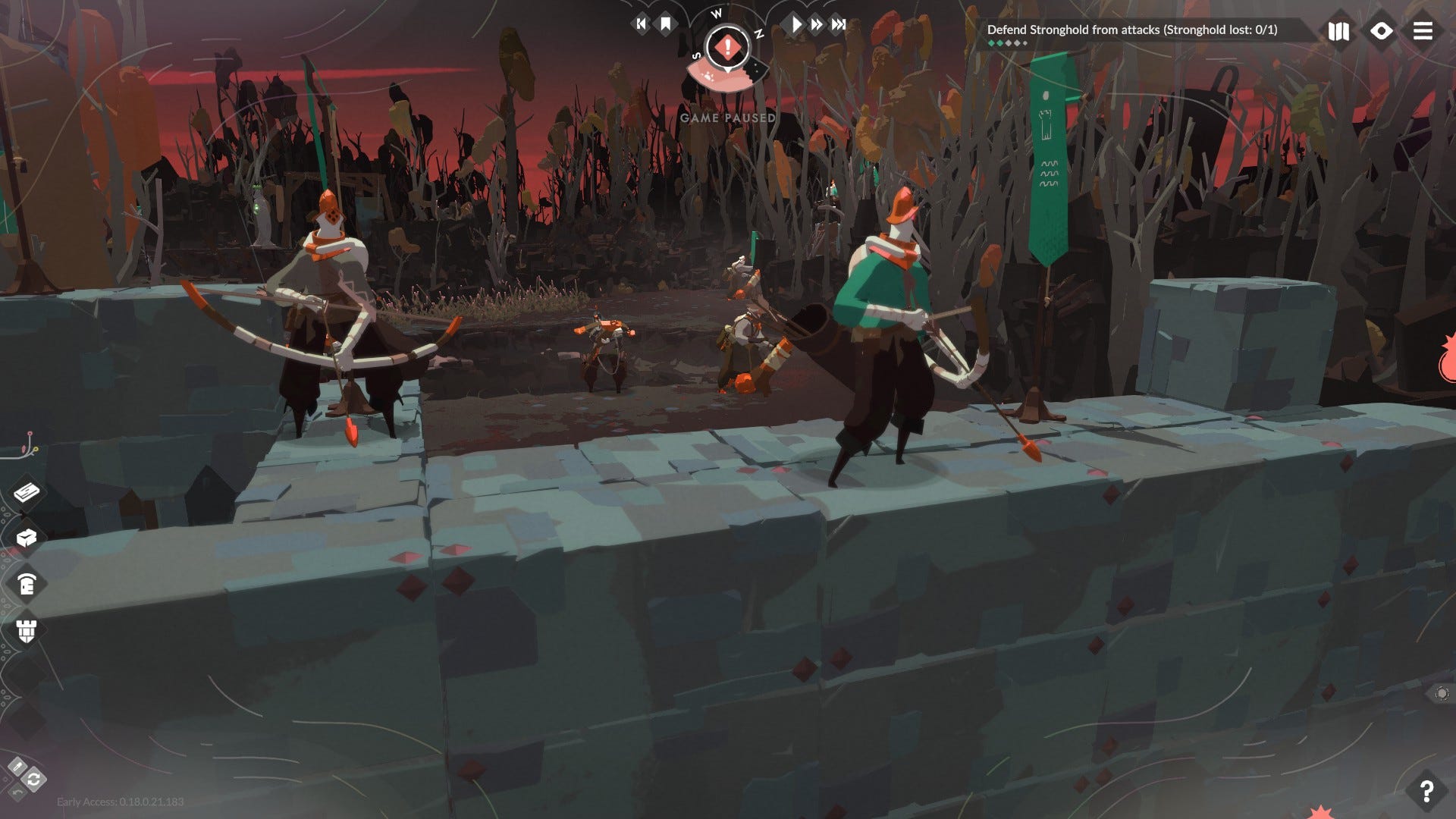Mecha BREAK Gets New Trailer Showcasing Mid-Match Gameplay
Amazing Seasun Games has released a new trailer for its upcoming multiplayer mech game, Mecha BREAK, this time around showing off some gameplay. Check out the trailer below.
The latest trailer for Mecha BREAK gives us a short glimpse at a 6-on-6 match happening in the game. Each player is piloting a different kind of mech, and some of their abilities are shown off quite extensively in the brief trailer.
Alongside releasing the trailer, the studio has also announced that Mecha BREAK will be getting a closed beta test in Xbox, from August 25 to August 27. This follows the previous open beta for PC players.
Mecha BREAK is a competitive multiplayer games where teams of 6 will be pit against each other. There will be a host of different game modes available once Mecha BREAK launches, including a 6v6 Battlefield mode, a 3v3 Arena m ode, and a 60-player PvPvE mode.
Mecha BREAK doesn’t yet have a release date aside from a 2025 window, and will be coming to PC, PS5 and Xbox Series X/S.




.jpg?width=1920&height=1920&fit=bounds&quality=80&format=jpg&auto=webp)